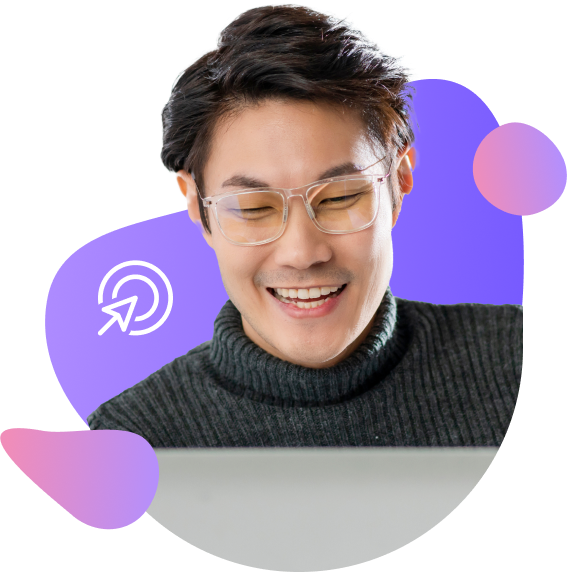
Indexes are simply groups of domains that are similar to each other in terms of the cognitive processes that they measure. The 9 individual domains within our assessment measure broad areas of cognition in slightly different ways.
Language & numbers
This relates to our overall familiarity with, and how we process the English language and numbers.
Visual & Fluid
This relates to how we process new information that we are unfamiliar with, think about abstract concepts, and complete more complex problem solving including mathematical processing.
Memory
This relates to how easily and efficiently we store and retrieve information from our long-term memories.

Indexes help identify how cognitive domains interact. If a learner has lower scores in different indexes, stronger domains within those indexes can help compensate. However, if lower scores occur within the same index, compensation may be more challenging.

is to then review the domain scores. These tell us which type of support is relevant.
Using indexes ensures support decisions meet rigorous international neuropsychological standards.
Indexes measure broad cognitive areas using multiple domains, like a doctor running different tests before treatment. Individual test results help determine the right support.
By using multiple evidence sources, we ensure robust, well-documented support plans for learners.

Hawk Training partnered with Cognassist to personalise learner support, improving educational outcomes, compliance, and staff efficiency across programmes.
See full story